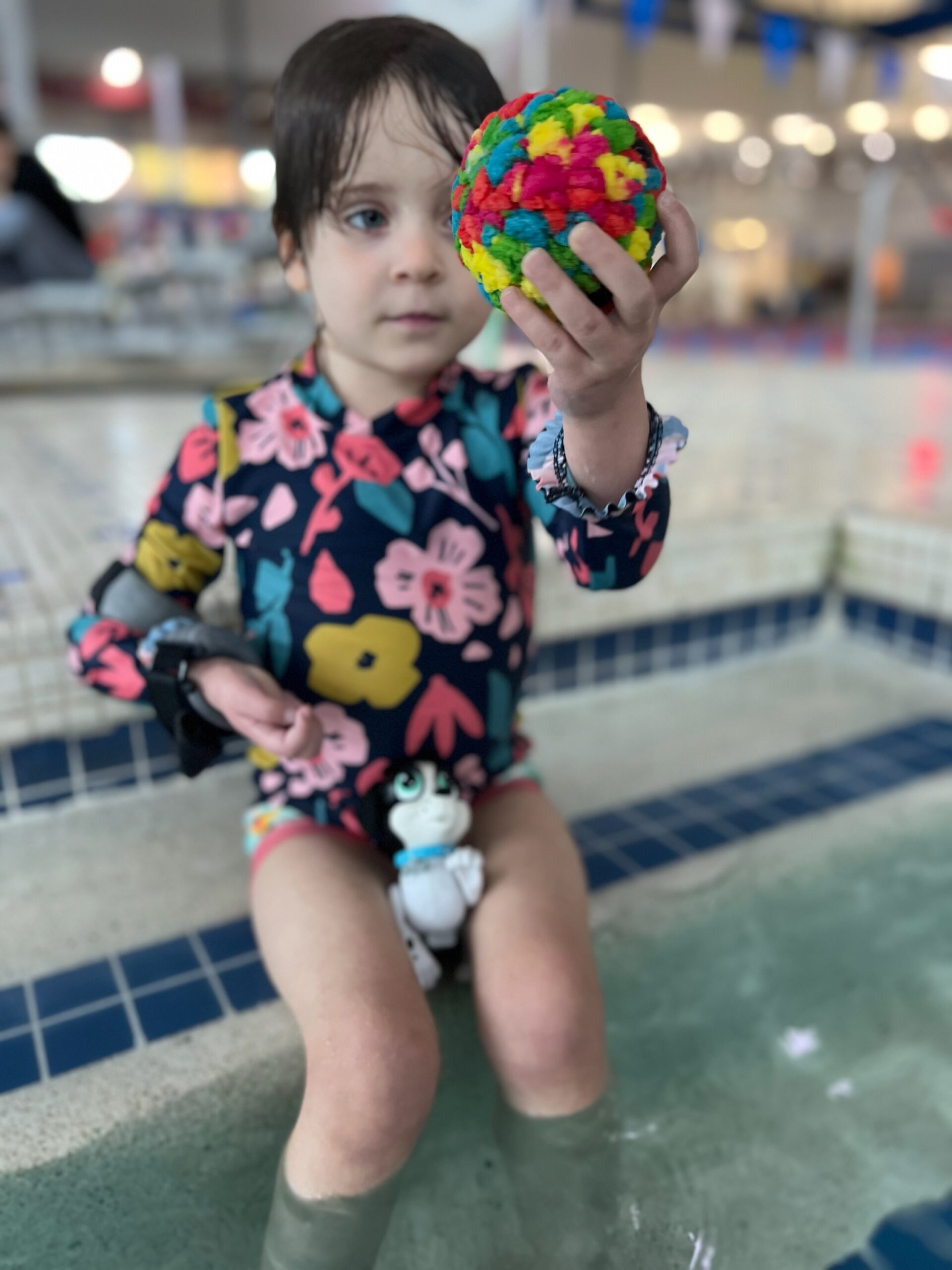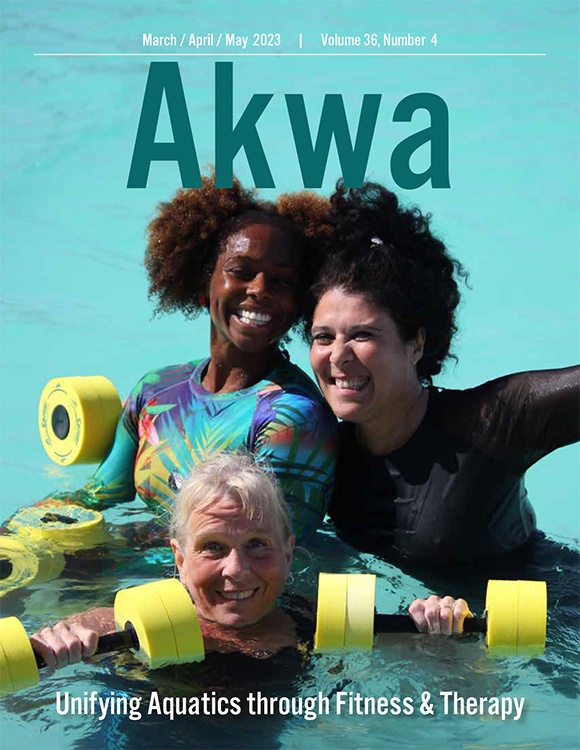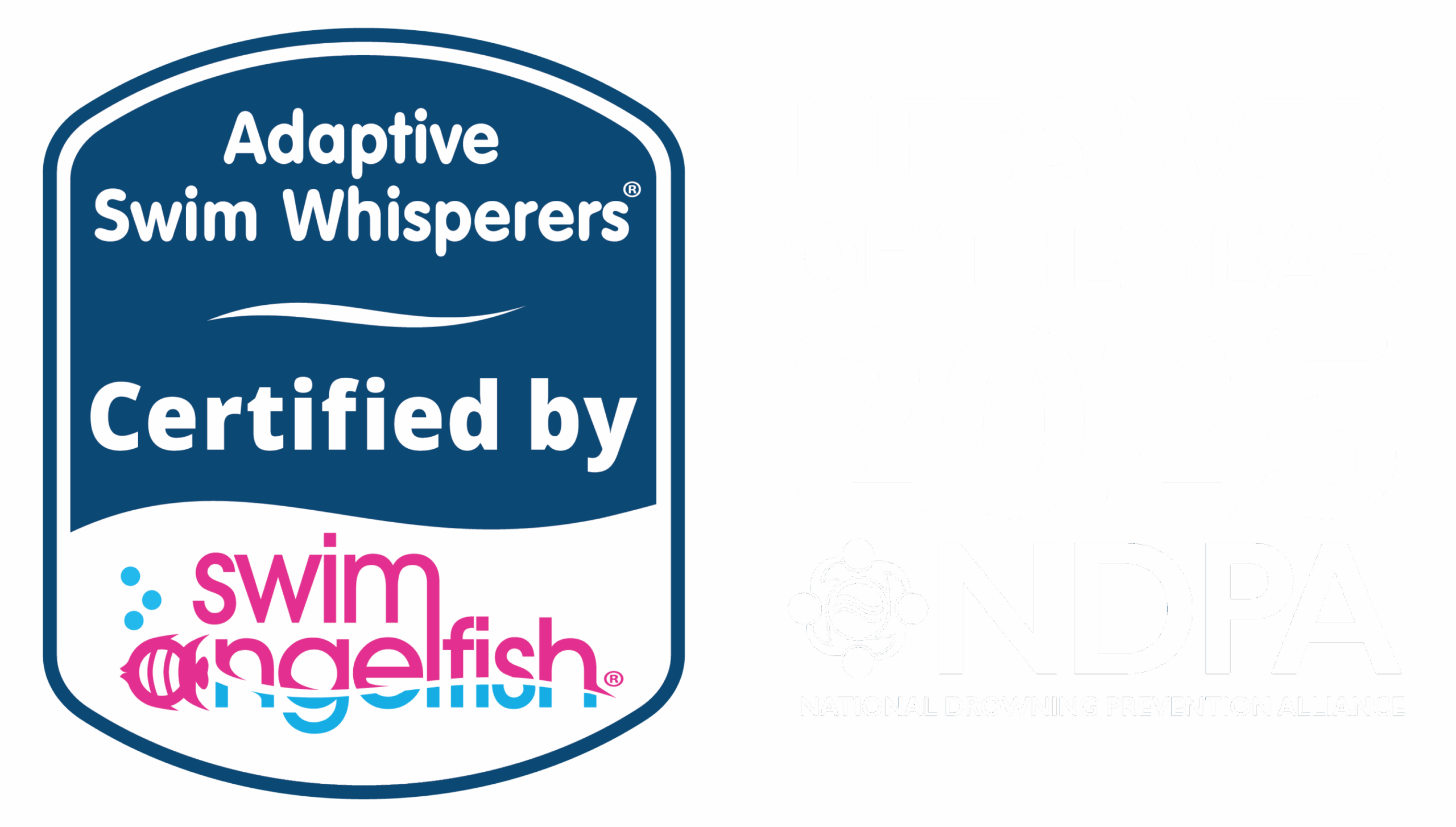We love being able to share ideas to inspire aquatic therapists who have the absolute pleasure of working with children in the water. Check out this article where we let you into a few of our secrets and describe some innovative aquatic therapy exercise ideas for kids, that actually work!
An Innovative Approach to Pediatric Aquatic Therapy
This article was written by Cindy Freedman, MS OTR, and appears in the March/April/May 23 Issue of AKWA Magazine.
Are you looking to grow your pediatric aquatic therapy toolbox? Here are a few tips, ideas, and stories of innovative ways to work with your kiddos. At Swim Angelfish, we constantly look for new ideas on handling, equipment choices, and how best to help achieve our client’s goals.
The other day, I worked with a four-year-old who had a stroke. I was trying many things to wake up her body and give her affected arm more input, with the goal of more motor movement. Despite my efforts, I could not get her to activate her affected arm. Usually, I put a small float on her forearm (because she cannot grasp it with her hand) and a half-pound wrist weight to increase her awareness of that arm. I discovered that moving the small float and weight more proximally to her upper arm increased her awareness of that side of her body and allowed enough scapular depression to propel in prone or supine.
I have been doing pediatric aquatics for over 30 years. Why had I not thought to make that minor adjustment for other children? It was so miraculous, and she was so very proud of herself. You most likely love what you do in pediatric aquatic therapy, but sometimes it can still be challenging to reach goals due to significant obstacles. You may feel you have run out of ideas.
Be open to creative and innovative ideas for sensory input to manage successful submerging and ways to prompt movement progressions. For example, when using a large buoyant noodle, you might need more streamlining or turbulence to get a child in a sitting position. Sometimes when you stop moving, it decreases the sensory input for your swimmer and can make it more difficult to get them in the correct body position. With the pediatric population, you can pick land-based activities to perform in the water, thus generalizing the skills to land. One option is the idea of swinging at the playground; incorporate a noodle and have them sit on it like a swing. Use this playground idea to create a social story where your client imagines they are on a swing. Then you can begin working on the anterior and posterior tilt of the pelvis while they swing.
The magic and motivation of the water for the pediatric population make the impossible possible.


Want to read the entire magazine? This issue of AKWA Magazine can be accessed online for FREE.


